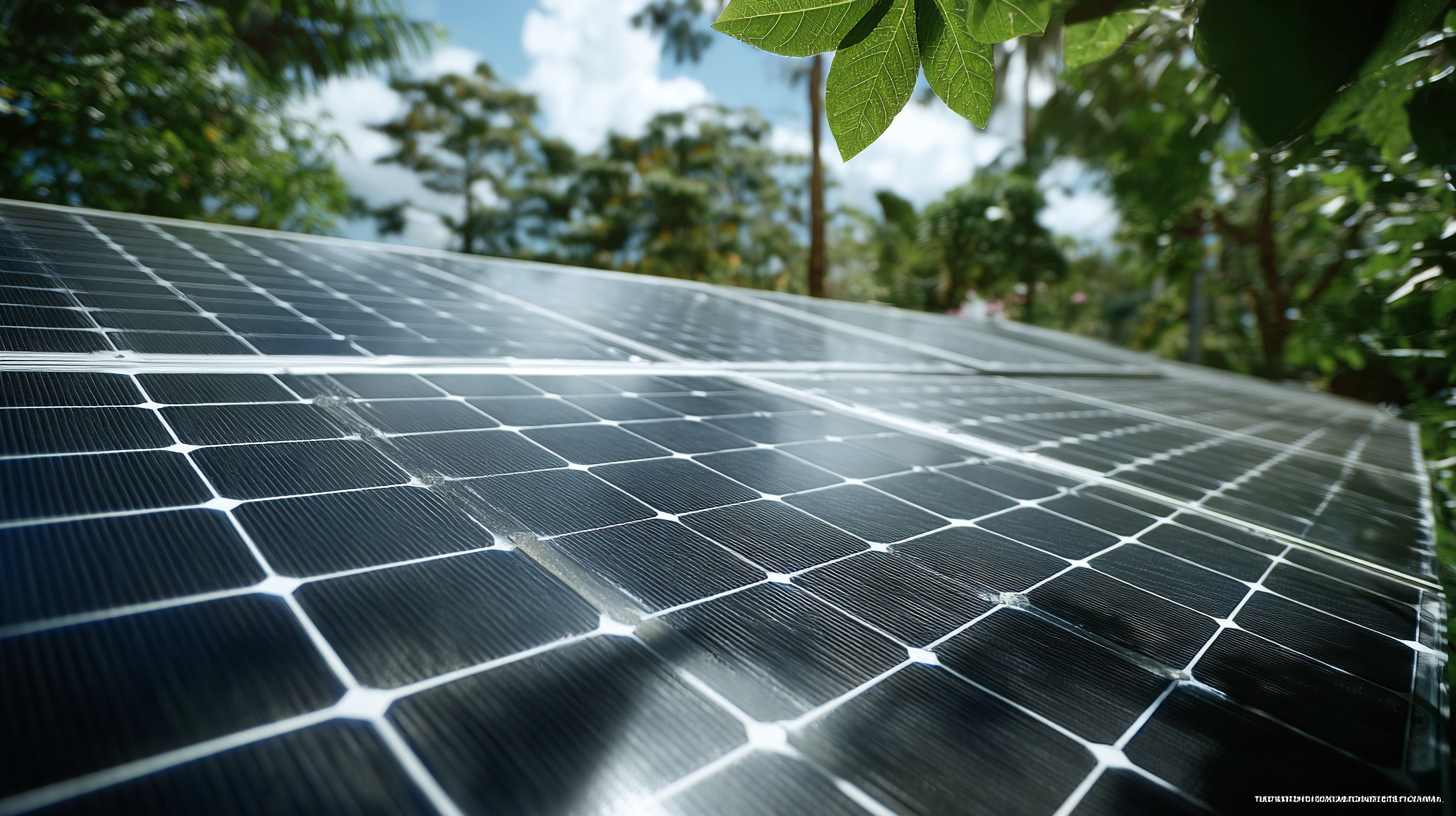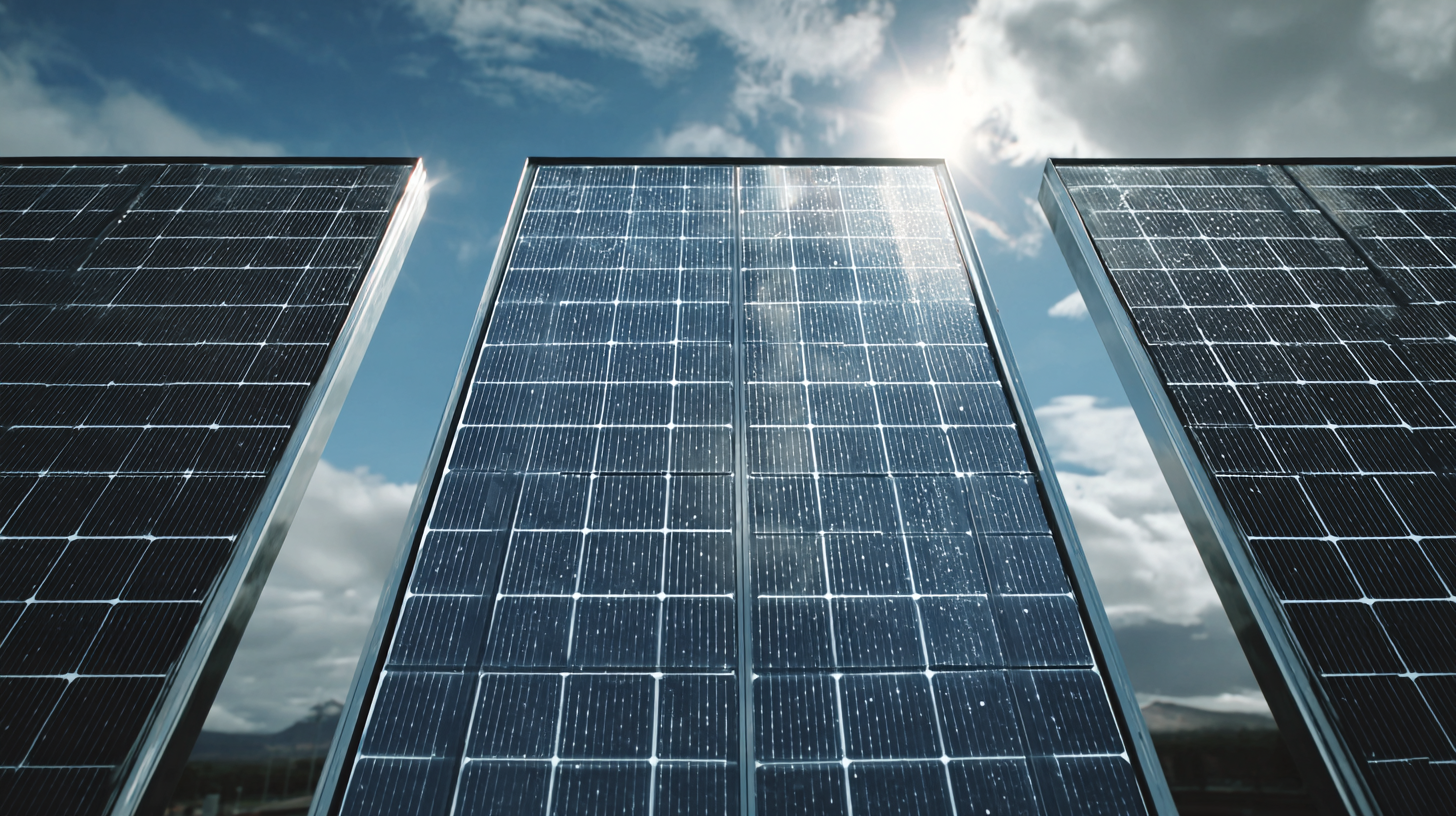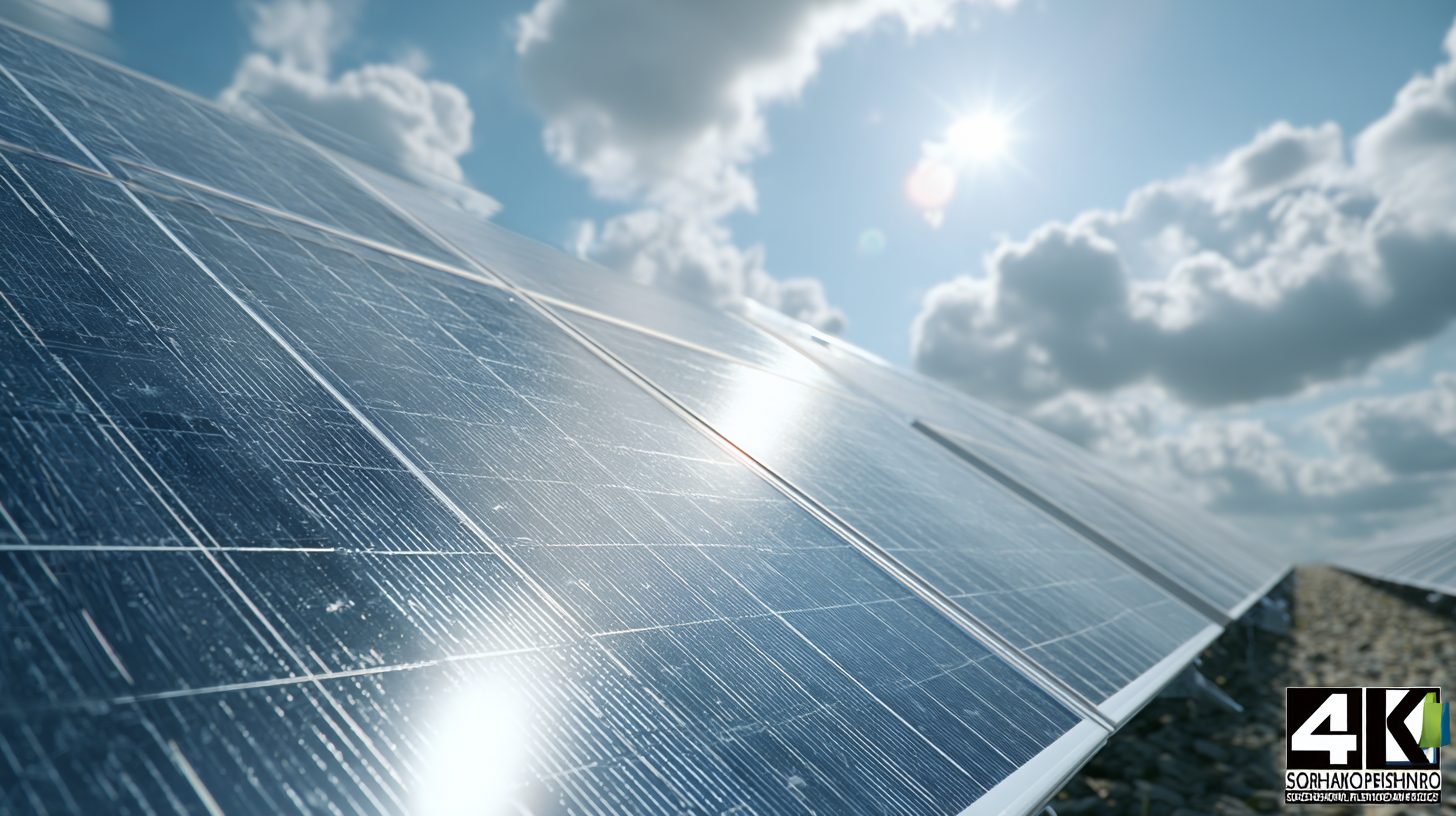
Exploring the Alternatives to Best Solar Panels for Sustainable Energy Solutions
As the global demand for sustainable energy solutions continues to rise, solar panels have emerged as a leading technology for harnessing renewable energy. According to a report by the International Renewable Energy Agency (IRENA), the global installed capacity of solar photovoltaic systems reached over 800 gigawatts by the end of 2020, marking a significant growth of 20% compared to the previous year. However, as advancements in technology and competition within the energy market evolve, it becomes essential to explore alternatives to traditional solar panels that can enhance efficiency and reduce costs. This blog will delve into innovative solutions and emerging technologies that complement existing solar systems, aiming to provide an array of options for consumers and businesses looking to invest in sustainable energy.

Alternatives to Traditional Solar Panels: A Comprehensive Overview
While traditional solar panels remain a popular choice for harnessing renewable energy, an increasing awareness of alternative solutions is reshaping the renewable energy landscape. Emerging technologies such="text-align: left;"> as building-integrated photovoltaics (BIPV) and solar tiles offer innovative ways to generate solar energy without the bulk of conventional panels. According to a report by the International Renewable Energy Agency (IRENA), innovations in BIPV could potentially reduce installation costs by 20% while enhancing aesthetic appeal and functionality within building designs.
Another promising alternative is concentrated solar power (CSP), which utilizes mirrors or lenses to focus sunlight onto a small area, converting it into heat and then electricity. CSP systems can store thermal energy for use during non-sunny periods, making them a viable option for energy reliability. A study by the National Renewable Energy Laboratory (NREL) indicates that CSP installations are projected to grow significantly, with a potential to contribute up to 17% of global electricity by 2050. These alternatives not only diversify the energy mix but also play a crucial role in making sustainable energy solutions more adaptable and accessible for consumers.
Understanding the Benefits of Thin-Film Solar Technology for Green Energy
Thin-film solar technology is rapidly gaining attention as a viable alternative to traditional photovoltaic panels. Unlike conventional silicon-based solar cells, thin-film solar panels are made from layers of photovoltaic materials that are only a few micrometers thick. This unique structure not only reduces material costs but also enhances flexibility and versatility, allowing for installation on a variety of surfaces, including curved and irregular shapes. These characteristics open new avenues for integrating solar energy in urban environments where space is often limited.
One of the significant benefits of thin-film solar technology is its performance in low-light conditions. These panels tend to perform better in partial shade and can capture sunlight more effectively during overcast days compared to traditional solar panels. This makes them an ideal choice for regions with less consistent sunlight. Furthermore, thin-film technology has a lower carbon footprint during manufacturing, contributing to its appeal as a sustainable energy solution. By exploring these innovative alternatives, we can move closer to more efficient and eco-friendly energy systems that support our transition towards greener energy.
Bifacial Solar Panels: How They Maximize Energy Production
Bifacial solar panels are emerging as a groundbreaking solution in the solar energy sector, maximizing energy production and enhancing overall efficiency. Unlike traditional solar panels, bifacial models can capture sunlight on both sides, allowing them to absorb reflected light from surrounding surfaces. Research indicates that bifacial panels can increase energy yield by 10-20% compared to their monofacial counterparts, making them a compelling choice for sustainable energy solutions. This technology not only optimizes the use of available sunlight but also contributes to reducing carbon footprints significantly.

One effective tip for those considering the installation of bifacial solar panels is to strategically position them to maximize sunlight reflection. Installing these panels on reflective surfaces, like white gravel or concrete, can enhance their performance. Additionally, regular maintenance and cleaning are crucial, as dirt and debris can obstruct sunlight, ultimately diminishing their energy production capacity.
Incorporating the latest advancements in solar technology, along with bifacial panels, can pave the way toward more sustainable energy practices. As the industry evolves, embracing innovative solutions such as these will be essential for achieving long-term energy goals and fostering an eco-friendly future.
Exploring Solar Roof Tiles: Aesthetic and Functional Energy Solutions
As the demand for sustainable energy solutions continues to rise, solar roof tiles emerge as a compelling alternative to traditional solar panels. These innovative products not only serve the functional purpose of energy generation but also elevate the aesthetic appeal of homes. According to a report by the National Renewable Energy Laboratory (NREL), solar roof tiles can yield approximately 90% of the efficiency of conventional panels, all while blending seamlessly into the architecture of a building. This dual functionality makes them an attractive option for homeowners looking to invest in renewable energy without compromising on design.

Furthermore, the global solar roof tile market is projected to grow significantly, with estimates suggesting a compound annual growth rate (CAGR) of around 15% from 2021 to 2026. This growth is driven by the increasing awareness of energy-efficient solutions and the desire for environmentally friendly home upgrades. Industry leaders are innovating materials that not only improve efficiency but also offer durability and longevity, often projected to last over 30 years. As these technologies advance and costs decrease, solar roof tiles represent a forward-thinking choice for those seeking both sustainability and style in their energy solutions.
The Rise of Organic Photovoltaics: Sustainable Options for the Future
The rise of organic photovoltaics (OPVs) marks a significant advancement in the quest for sustainable energy solutions. Unlike traditional solar panels, which rely on silicon, OPVs utilize organic materials that can be processed into lightweight, flexible films. This innovation not only reduces the carbon footprint associated with production but also allows for a wider range of applications, from building-integrated photovoltaics to portable solar chargers. According to a report by the International Renewable Energy Agency (IRENA), the global organic solar cell market is projected to reach $3.7 billion by 2024, underlining the growing interest in these technologies.
Moreover, OPVs boast impressive efficiencies that continue to improve, with recent studies reporting power conversion efficiencies exceeding 18%, approaching those of conventional silicon cells. Research from the National Renewable Energy Laboratory indicates that the lower production costs and minimal environmental impact of these cells make them an attractive alternative for both consumers and manufacturers. By harnessing the unique properties of organic materials, the future of solar technology is leaning towards solutions that prioritize sustainability without compromising on performance.
Exploring the Alternatives to Best Solar Panels for Sustainable Energy Solutions - The Rise of Organic Photovoltaics: Sustainable Options for the Future
| Technology Type | Efficiency (%) | Cost per Watt ($) | Lifespan (Years) | Environment Impact |
|---|---|---|---|---|
| Traditional Silicon | 15-22 | 0.80 - 1.20 | 25 | Moderate |
| Thin-Film Technology | 10-12 | 0.60 - 1.00 | 10-20 | Low |
| Organic Photovoltaics | 10-15 | 0.50 - 0.80 | 5-10 | Very Low |
| Perovskite Solar Cells | 15-25 | 0.30 - 0.60 | 5-15 | Medium |
| Bifacial Solar Panels | 18-24 | 0.90 - 1.50 | 25 | Moderate |
